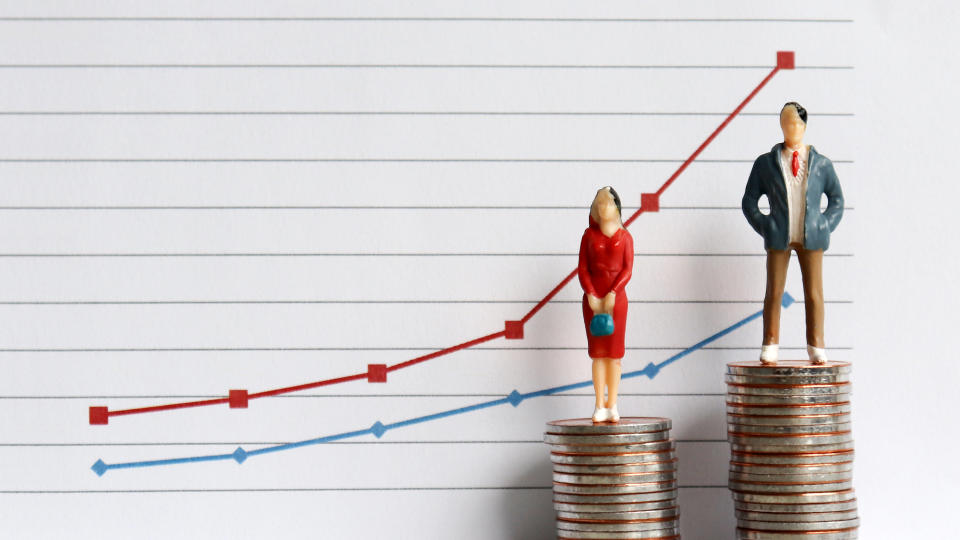Global gender pay gap will take nearly 100 years to close

The global gender pay gap will take 99.5 years to close, according to the World Economic Forum (WEF).
WEF said that while 2019 was an improvement on last year’s results — where it was projected to take 108 years to close the global gender pay gap — it said that prospects for economic opportunity have worsened in the past 12 months for women at work.
Every year WEF publishes a Global Gender Report, which looks at the following pillars to assess parity between men and women:
Economic participation and opportunity — salaries, participation and leadership
Education — access to basic and higher levels of education
Political empowerment — representation in decision-making structures
Health and survival — life expectancy and sex ratio
The narrowing of the gap was largely down to the improvement in the number of women being represented in politics. Globally, women now hold 25.2% of parliamentary lower-house seats and 21.2% of ministerial positions, compared to 24.1% and 19% respectively last year.
But with a century to close the overall gap, “it still means parity between men and women across health, education, work and politics will take more than a lifetime to achieve.”
“Supporting gender parity is critical to ensuring strong, cohesive and resilient societies around the world. For business, too, diversity will be an essential element to demonstrate that stakeholder capitalism is the guiding principle. This is why the World Economic Forum is working with business and government stakeholders to accelerate efforts to close the gender gap,” said Klaus Schwab, founder and executive chairman of WEF.
Many companies across the world are failing on closing the gap in such areas as promoting women to senior levels and putting them in highly paid positions. WEF said a “major battlefield is economic participation.”
In the world of work, it found that the economic gender gap is getting worse — it will now take 257 years to close, compared to 202 years last year.
Improving gender parity helps the economy. WEF pointed out that various studies have suggested “significant economic dividends” with greater equality between men and women. It said that economic gender parity could add an extra:
Increase in global GDP by $5.3 trillion by 2025;
$2.5 trillion to the GDP of China;
$250bn to the GDP of the UK;
$1,750bn to the US;
$550bn to Japan;
$320bn to France;
$310bn to Germany.

 Yahoo Finance
Yahoo Finance 
